近期WINFOCUS上的這段影片精要的提醒了POCUS可以提供的重要資訊
1。fluid leakage (ascites / pleural effusion / pericardial effusion)
2。fluid status (IVC)
3。cardiac function (LV systolic & diastolic function)
Ultrasound in Dengue: A Scoping Review
在這篇2021的review article中提到最主要的超音波發現就是fluid leakage:
Ascites (60%)
Pleural effusion (58%)
Gallbladder wall thickening (55%)
在北部的急診遇到的個案畢竟比較沒那麼多,
這裡分享一個2015年在新光時記錄的Dengue個案,
記得Platelet只有17K,生命徵象仍算穩定。
RUQ scan: right pleural effusion
RUQ scan: right pleural effusion / GB wall thickening/ peri-GB fluid / ascites
Morrison pouch: ascites
Subcostal scan: Right PLE / small IVC / peri-GB fluid
LUQ scan; no PLE / minimal peri-splenic fluid
Pelvic scan (transverse scan): ascites
Pelvic scan (longitudinal scan): ascites
當時還沒有習慣加看心臟的功能,
這個個案的GB雖然有增厚和peri-GB fluid,
但還沒有到Honeycomb的形態
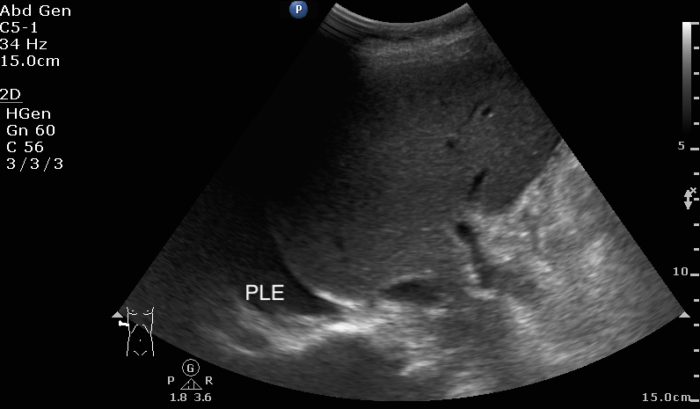
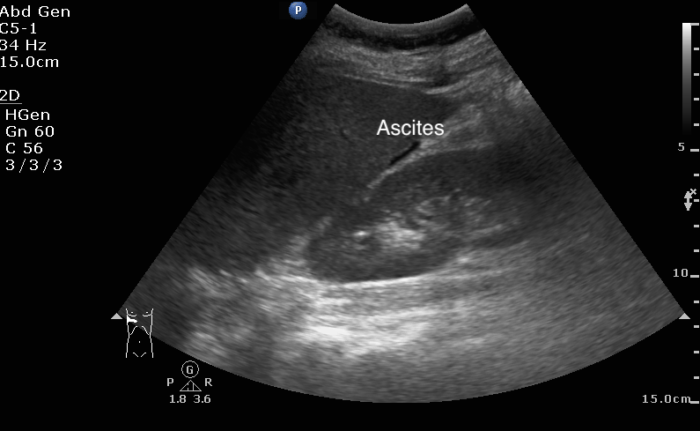
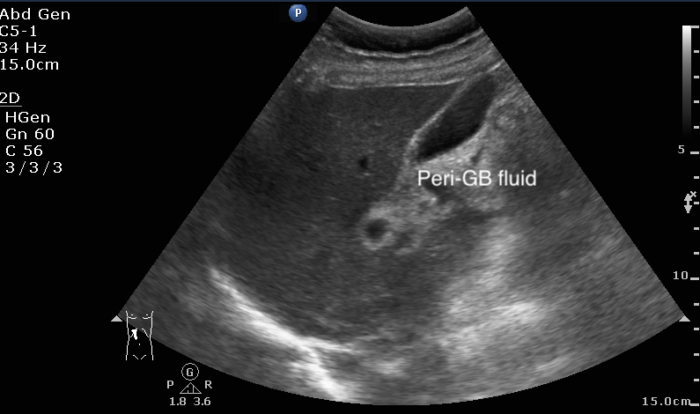
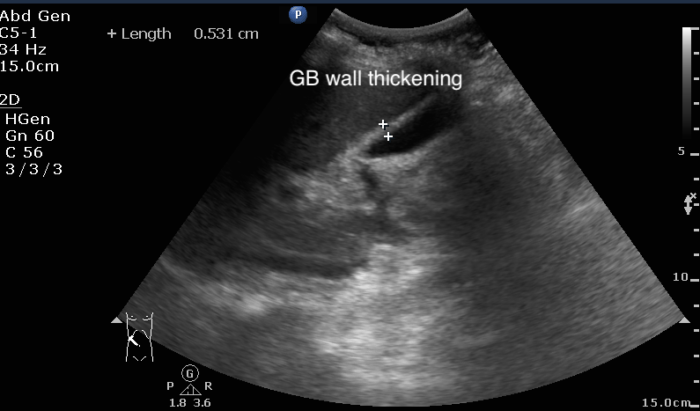
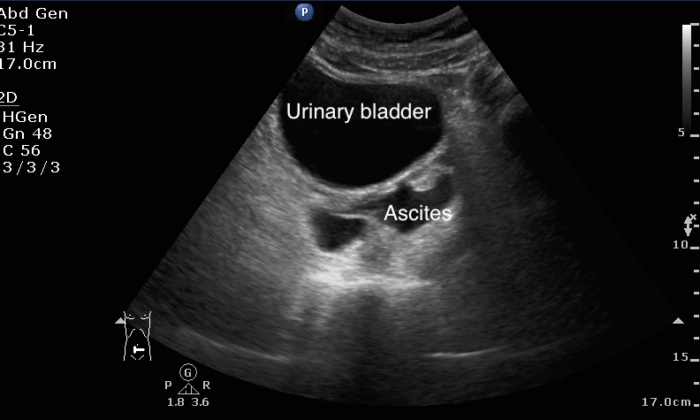
Ultrasound evaluation of gallbladder wall thickness for predicting severe dengue: a systematic review and meta-analysis
The Ultrasound Journal 2025/2月 (這個月)的這篇文章中提到了,
GBWT比較常出現在嚴重Dengue的患者
【odds ratio (OR) of 2.35 (95% CI 1.88–2.82, p < 0.001)】
GBWT用來診斷severe dengue的sensitivity 88% / specificity 63%
PLR 2.4 / NLR 0.19 / Diagnostic odds ratio 12
GBWT也跟thrombocytopenia和plasma leakage的嚴重程度有相關 .
【The subgroup analysis revealed consistent results for thrombocytopenia (OR: 2.65) and plasma leakage (OR: 2.26), among other severity criteria】
去年中和地區有一波登革熱的高峰感染,
有位80歲的個案發燒四天,全身虛弱,
POCUS來探查感染源時除了看到有fluid leakage之外,
GB更是呈現典型的Honeycomb appearance,
當時跟一同跟診的醫學生說,
這就是典型severe dengue會出現的pattern,
後續檢查也確診為登革熱,Platelet更是低於1萬。
